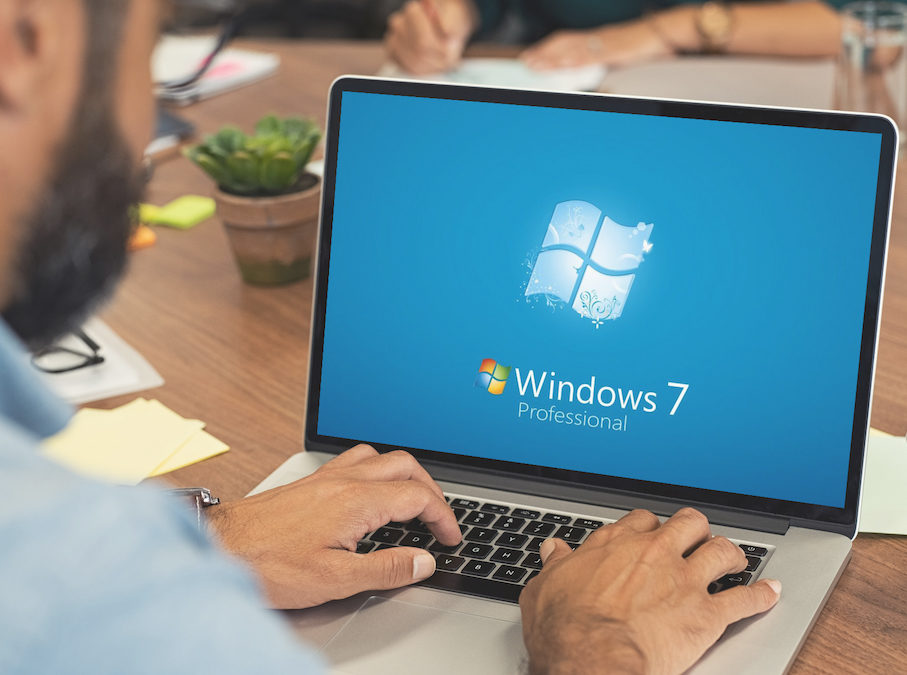Windows 7 will reach End of Support status on January 14, 2020.
What it means:
Microsoft will no longer provide technical support, software updates and security patches for the Windows 7 operating system.
What it doesn’t mean:
Your computer isn’t going to suddenly stop working on January 14, 2020. Windows 7 users may continue to use their machines after the operating system reaches End of Support status, but there are some things to consider before doing so …
Why it’s important:
Because Microsoft will not be issuing any new security patches for Windows 7, machines running the operating system will be increasingly vulnerable to new security threats. Additionally, as software developers focus on Windows 10, it’s possible that third-party applications may not run as well (or at all) on Windows 7 machines.
“So, what are my options?”
1. Pay for Extended Security Updates
Windows 7 users can pay for Extended Security Updates for up to three years. This is a good option for organizations that are planning to upgrade their hardware, but aren’t ready to do so prior to the January 14 deadline. The cost of the updates is based on the number of years that a user chooses to extend support:
| Extension Period | Cost |
| Year 1 (Jan. 2020 – Jan. 2021) | $50/device (Professional) or $25/device (Enterprise) |
| Year 2 (Jan. 2021 – Jan. 2022) | $100/device (Professional) or $50/device (Enterprise) |
| Year 3 (Jan. 2022 – Jan. 2023) | $200/device (Professional) or $100/device (Enterprise) |
2. Upgrade your current machine to Windows 10
Microsoft has made this transition fairly seamless, and most third-party applications have already been updated to run on Windows 10. In many cases, user files and settings will carry over with little disruption, and most users will find the interface learning curve minimal. The upgrade license for Windows 10 Pro is $199.00/machine, not including the cost of installation. Expect to pay between $200-$600/machine if you outsource installation, which can take as few as 30 minutes and up to three hours, depending on the state of your current system and third-party application requirements.
3. Buy a new machine with Windows 10 or M365 preloaded
Sometimes a fresh start is the best option, but before you rush out to upgrade, be sure that you understand your users’ processing needs. Basic workstations should at minimum possess an i5 processor, 8GB of RAM, and a 256GB SSD to work efficiently in today’s business computing environment. New systems vary in cost, but $500-$2000 is a good ballpark figure, depending on the desired specifications.
Ready to get started?
Knight’s experienced IT consultants can help you implement an operating system solution that will ensure your IT environment is secure and up to date. Schedule an assessment today.

